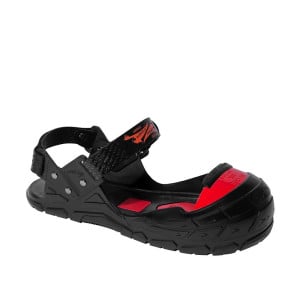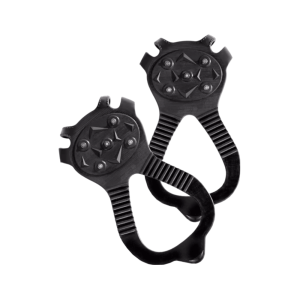Overshoes
-
-
New
-
Bestseller
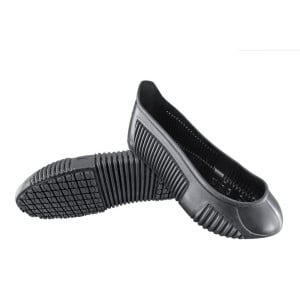
Non-slip overshoes Safety Jogger Easy-Grip SRC
As low as €20.27 €20.27 -
-
-
Bestseller
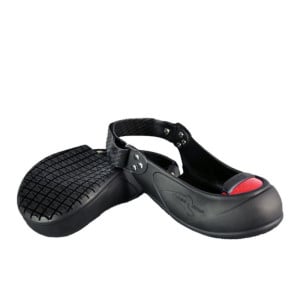
Safety overshoes with protective toecap Tiger Grip Visitor
As low as €40.23 €40.23 -
-
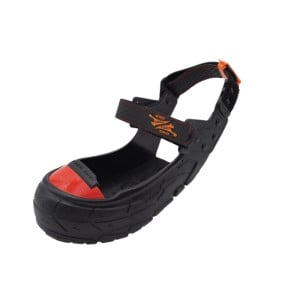
On adaptable safety shoes with Tiger Grip VISITOR COMFORT toecap
As low as €38.11 €38.11 -

Safety overshoes GASTON MILLE MILLENIUM FULL PROTECT SRC
As low as €67.52 €67.52 -
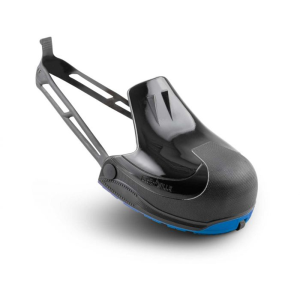
Safety overshoes GASTON MILLE MILLENIUM PREMIUM MIXED EN 12568 and EN ISO 20345
As low as €41.66 €41.66 -
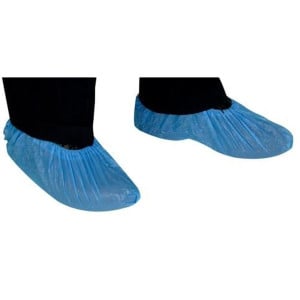
Tidy Professional Overshoes (Pack of 100)
As low as €33.16 €33.16
Discover our wide range of safety shoes to meet all your professional needs. Whether you are looking for classic safety shoes, more casual safety sneakers, or high-top safety shoes for added protection, we have what you need. Our selection also includes low safety shoes, safety boots, security guard shoes, kitchen safety shoes, work clogs safety, metal-free safety shoes, lightweight safety shoes, city shoes, waders and waders, and even waterproof and waterproof safety shoes.
What is a work shoe overshoe?
When it comes to PPE for the feet, there are safety shoes and overshoes. These are designed to be worn over classic shoes. Their wearing is recommended, whether in industry or in the health sector. This is why there are different types to meet all needs.
Why use overshoes?
Wearing overshoes or shoe covers are essential in sterile environments or clean rooms, in order to preserve the area and prevent particles from spreading. To avoid removing shoes in clean areas such as laboratories, medical areas, food industries or the microelectronics sector, specific equipment must be worn, including overshoes.
Introduction into sterile environments without shoe covers or with shoe covers that do not meet standards has negative consequences. In the medical sector, this causes contamination of materials and the environment, and thus leads to the appearance of nosocomial infections. In the space industry, all sterility parameters must be respected (temperature, cleanliness, pressure and hygrometry), which requires the use of overshoes.
Moreover, for optimal protection, it is necessary to use other comfortable equipment adapted to all sizes and morphologies in clean and sterile areas: masks, sterile gloves, sterile overalls ...
Standards concerning shoe covers
To date, there is no law specific to the manufacture, testing methods or conditions of use of overshoes. If safety shoes can still meet the requirements of professions requiring their wearing, overshoes are only essential in rare cases.
Nevertheless, overshoes may be mandatory depending on the sector of activity. In the medical field as in construction, they are used to compensate for the lack of protection of conventional shoes.
Moreover, we currently see that there are several types of overshoes designed and packaged to withstand the circumstances in which they are used. They are made of materials resistant to physical stress or chemical agents. Others are only made to insulate shoes.
Types of overshoes: waterproof / rubber / non-slip
Site worker, roofer, tiler, nurse, chemist... Overshoes are available for different trades, or even for specific categories of people such as the elderly, for example.
Currently, there are a few models of overshoes that are designed to be worn according to the conditions in which they become mandatory:
These overshoes are used in industrial premises where the risk of contact of shoes with liquid is high. Their waterproof soles prevent any water infiltration. In other words, they constitute additional protection which is essential in the case where chemical products are involved.
Non-slip overshoes are intended to be worn on slippery floors, such as tiles soaked in water for example. For example, they are essential for visitors passing through a factory where the floor may be oily.
To prevent the user from slipping, the soles of non-slip overshoes are generally provided with rubber pads, particularly models intended for the elderly. Others have removable or interchangeable crampons depending on the conditions of use.
Airtight overshoes
It is in the health sector that airtight overshoes are most used. They allow the shoes to be isolated from the user's working environment. To do this, they are made of a waterproof material with a waterproofing system either at the ankle or at the leg.
In the computer or electronics industry, airtight overshoes are also mandatory, as is the case in microprocessor manufacturing companies. The reason is that the slightest contamination by dust can compromise the entire production chain.
Shockproof/anti-perforation overshoes
Shock-resistant or puncture-resistant safety shoes already exist on the market. They are manufactured to precise standards. Overshoes of the same type are not designed in the same way, but are equipped with specific features that meet approximately the same requirements.
On construction sites, visits are commonplace and it is essential to ensure the safety of visitors. They do not participate in the work and therefore do not require safety shoes. However, a minimum level of safety must be ensured by the project manager, such as protection against perforations by nails or falling heavy objects.
Additional features of overshoes
In addition to the specificities mentioned above, the shoes must have certain qualities:
- Discretion and comfort: overshoes as protection for shoes must fit perfectly with their shape. They must be barely visible and not cause any discomfort to the wearer.
- Practicality: overshoes must slide easily over shoes, normally in a single movement, from the toe then upwards towards the heel.
- Resistance: the materials of the overshoes must be strong to resist both the tension when sliding on the shoes, but also against physical or chemical stress.
Where to buy disposable shoe covers?
Find our ranges of overshoes in our online store Oxwork.com
Shoe covers, a crucial element in maintaining high hygiene standards in many sectors, are available in several sizes, including XXL, to suit a variety of uses. They are often made of polyethylene or PVC, materials chosen for their barrier effect against the risk of contamination. These disposable shoe covers are frequently packaged in cardboard, providing a convenient way to distribute and store them. Brands are recognized for the quality of their products in this area.
Their design generally includes elastic at the ankle to keep them in place once put on the foot. Available in different colors, they allow easy identification according to use or department. Overboots, a variation of shoe covers, provide additional protection and are ideal for environments such as the food industry where hygiene is paramount.
User reviews often highlight the ease of use and effectiveness of these shoes. They are sold in batches, with a detailed description of the product and its packaging available from distributors. The price of each pair generally reflects the level of quality and protection they offer, making these products an economical choice for maintaining high hygiene standards in various professional environments.


